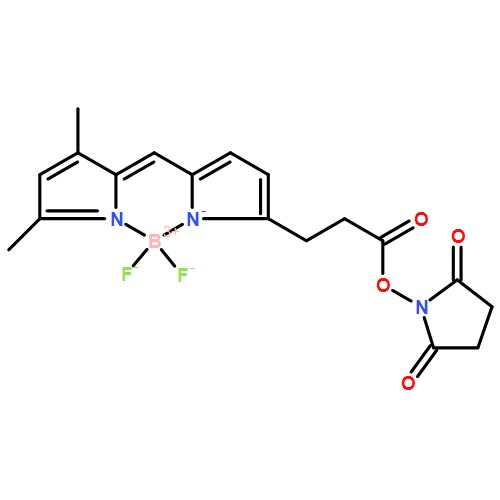BASIC PARAMETERS Find an error
Ts1 toxin is a protein found in the venom of the Brazilian scorpion Tityus serrulatus. Ts1 binds to the domain II voltage sensor in the voltage-gated sodium channel Nav and modifies its voltage dependence. In the work reported here, we established an efficient total chemical synthesis of the Ts1 protein using modern chemical ligation methods and demonstrated that it was fully active in modifying the voltage dependence of the rat skeletal muscle voltage-gated sodium channel rNav1.4 expressed in oocytes. Total synthesis combined with click chemistry was used to label the Ts1 protein molecule with the fluorescent dyes Alexa-Fluor 488 and Bodipy. Dye-labeled Ts1 proteins retained their optical properties and bound to and modified the voltage dependence of the sodium channel Nav. Because of the highly specific binding of Ts1 toxin to Nav, successful chemical synthesis and labeling of Ts1 toxin provides an important tool for biophysical studies, histochemical studies, and opto-pharmacological studies of the Nav protein.
The oligosaccharyltransferase PglB from Campylobacter jejuni catalyses the N-glycosylation reaction with undecaprenyl-pyrophosphate-linked Glc1GalNAc5Bac1 (Und-PP-Glc1GalNAc5Bac1). Experiments using chemically synthesized donors coupled to fluorescently tagged peptides confirmed that biosynthetic intermediate Und-PP-Bac1 and Und-PP-GalNAc2Bac1 are transferred efficiently to the Asn residue in the consensus sequence (D/E-X′-N-X-T/S, X′,X≠P). The products were analyzed in detail by tandem MS to confirm their chemical structures.
A comprehensive method for the construction of a high-mannose-type glycan library by systematic chemo-enzymatic trimming of a single Man9-based precursor was developed. It consists of the chemical synthesis of a non-natural tridecasaccharide precursor, the orthogonal demasking of the non-reducing ends, and trimming by glycosidases, which enabled a comprehensive synthesis of high-mannose-type glycans in their mono- or non-glucosylated forms. It employed glucose, isopropylidene, and N-acetylglucosamine groups for blocking the A-, B-, and C-arms, respectively. After systematic trimming of the precursor, thirty-seven high-mannose-type glycans were obtained. The power of the methodology was demonstrated by the enzymatic activity of human recombinant N-acetylglucosaminyltransferase-I toward M7–M3 glycans, clarifying the substrate specificity in the context of high-mannose-type glycans.
The ubiquitously expressed mannose-6-phosphate receptors (MPRs) are a promising class of receptors for targeted compound delivery into the endolysosomal compartments of a variety of cell types. The development of a synthetic, multivalent, mannose-6-phosphate (M6P) glycopeptide-based MPR ligand is described. The conjugation of this ligand to fluorescent DCG-04, an activity-based probe for cysteine cathepsins, enabled fluorescent readout of its receptor-targeting properties. The resulting M6P-cluster–BODIPY–DCG-04 probe was shown to efficiently label cathepsins in cell lysates as well as in live cells. Furthermore, the introduction of the 6-O-phosphates leads to a completely altered uptake profile in COS and dendritic cells compared to a mannose-containing ligand. Competition with mannose-6-phosphate abolished all uptake of the probe in COS cells, and we conclude that the mannose-6-phosphate cluster targets the MPR and ensures the targeted delivery of cargo bound to the cluster into the endolysosomal pathway.


